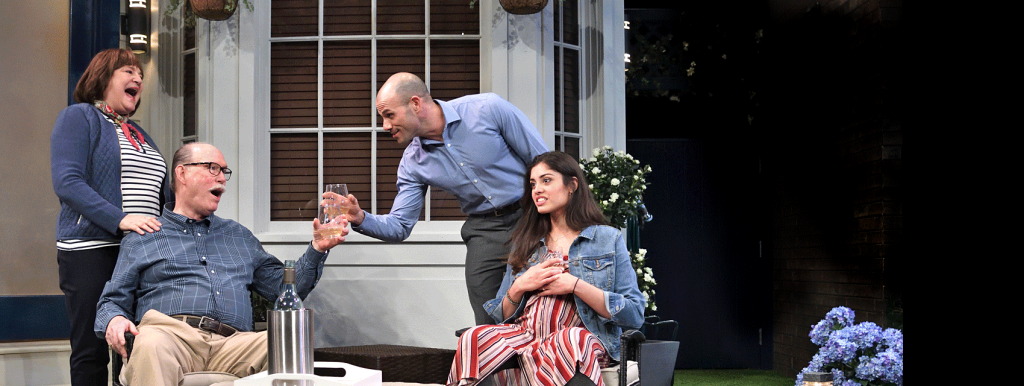5/2/2018
by Braxton Crewell
“His name was Coalhouse Walker. Was a native of St. Louis some years before, when he heard the music of Scott Joplin, in St. Louis, bought himself some piano lessons, working as a stevedore.”
This lyric from Ragtime introduces not only Coalhouse Walker, an African-American pianist, but also the music for which this production is named. Rag-time was a syncopated style of music, for piano specifically, that was popular in the United States and Europe between 1895 and 1917. Heavily influenced by minstrel songs and cakewalks, rag-time was developed and performed from Mississippi to Missouri, before it took the nation by storm through sheet music and player piano rolls in the days before audio recordings. The complex syncopations had commonly been heard in “head” music — music played by ear — that was performed in the Caribbean, southern states, and Georgia Sea Islands, and though beloved by a large portion of the population, some felt the music threatened polite society. Its “off-beat” style evoked a feeling of “low class Negro music,” which was, at the time, only performed in saloons, brothels, and cabarets. But nothing could stop the new wave of music that would be one of the many steps leading to today’s multifaceted styles of jazz.
Ernest Hogan, an African-American composer and entertainer, would be the first to publish sheet music that used the term “rag.” Raised in Kentucky, he pursued his future in Kansas City, where he began composing and writing plays. His song “La Pas Ma La” was published in 1895, and kicked off the age of rag-time. This vaudeville performer and producer was well-known and much-loved across the nation for much of his life until he released a song containing a problematic message and racial slurs, angering his African-American fans.
Scott Joplin, the “King of Ragtime,” was a composer and pianist who found great success at the turn of the 20th century. He grew up in Texarkana, on the border of Texas and Arkansas, in a musical family: his mother was a banjo player and vocalist, and his father was a violinist. At a young age he played the guitar and piano, and in his teens, he left home to pursue a career as a performer. As a travelling musician, he played in bars and dance halls where music styles were evolving. In the 1890s, he studied music at Sedalia’s George R. Smith College for Negroes, while working as a mentor for other rag-time musicians. He composed some of the most successful early rags, including “Maple Leaf Rag” for which he made sure to earn a one-cent royalty on every copy of sheet music sold, and the rag-time opera Treemonisha, which portrayed a rural African-American community near Texarkana and has been credited for paving the way for George Gershwin’s Porgy and Bess. At the end of his life, Joplin owned a publishing company with his third wife before passing away in 1917.
Another prolific rag-time artist was James Hubert “Eubie” Blake. Raised in Maryland, Blake learned pump organ at a young age to serve in the church, but he was always drawn to the free-form style of rag-time. He would sneak out to perform as a pianist at a local brothel, and claimed to have composed his first rag, “Sounds of Africa,” later known as the “Charleston Rag,” when he was 12. Blake toured night clubs in the early 1900s, until he met Noble Sissle, a singer and lyricist, in 1915. The two would become a successful creative and performing duo. One of their many successes was the musical Shuffle Along in 1921. Later in his life he would graduate from NYU’s music program, record an album on Columbia Records, and be a regular on The Tonight Show in the 1970s.
Rag-time is a rich form of music built from many styles and voices which would in turn be the building block for other music styles and give voice to even more artists. Though only a small part of the musical, Ragtime talks about rag-time; listen closely to the sounds of history and creativity that this musical captures. Artists stood up with revolutionary voices in this period of America’s history, using rag-time as a way to bring new and diverse styles together and that is the parallel of the story of Ragtime.
